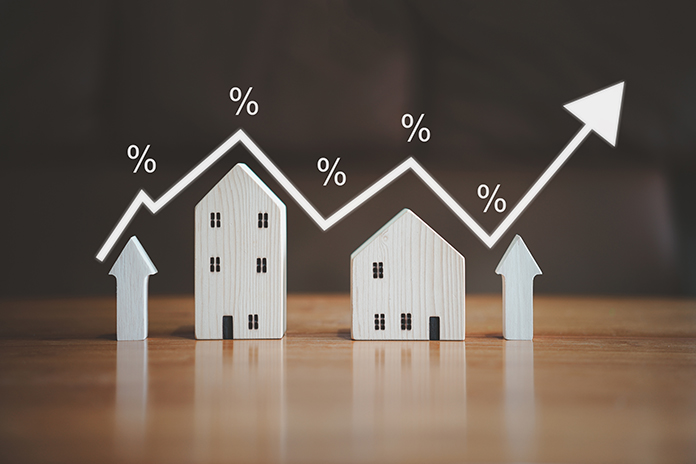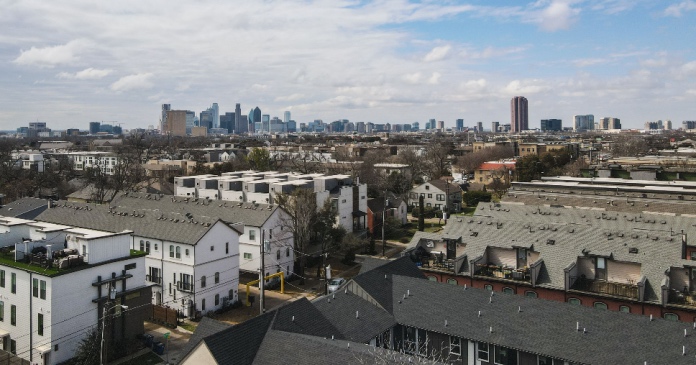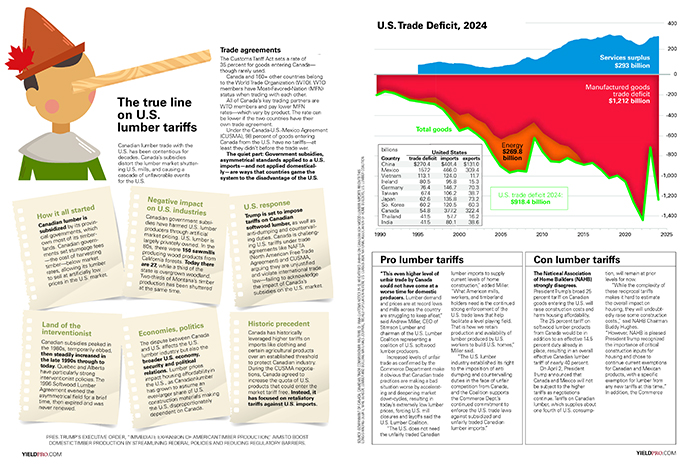Interest rates had already started to rise
Interest rates have risen in recent years, driven primarily by central banks’ efforts to combat high inflation and respond to strong economic conditions. In the United States, the Federal Reserve began raising its benchmark federal funds rate aggressively starting in early 2022, after a period of near-zero rates during the pandemic. This tightening cycle was aimed at curbing inflation, which had surged due to supply chain disruptions, robust consumer demand, and external shocks like the war in Ukraine.
The impact of these rate hikes became evident across the economy. Mortgage interest rates, for example, rose sharply from historic lows of around 2.65 percent in early 2021 to a peak of 7.79 percent in October 2023, before easing somewhat to around 6.2 percent by September 2024. The Bank of England followed a similar path, raising rates from 0.1 percent at the end of 2021 to 4.5 percent by March 2025 to tackle persistent inflation.
Several factors contributed to the rise in interest rates:
- High Inflation: Central banks increased rates to counteract inflation, which erodes purchasing power and destabilizes the economy.
- Strong Economic Data: Reports showing robust job growth and consumer spending led markets to believe that central banks would need to keep rates higher for longer to prevent the economy from overheating.
- Market Expectations: Mortgage and other long-term rates often move in anticipation of future central bank actions and broader economic trends, not just in response to current policy rates.
- Global Events: Supply shocks from the pandemic, Russia’s invasion of Ukraine, and labor shortages all contributed to inflationary pressures, prompting central banks to act.
Even after central banks began to signal or enact rate cuts in late 2024 and early 2025, some interest rates-especially for mortgages-remained elevated or even increased. This was due to factors like rising yields on 10-year Treasury bonds, investor concerns about persistent inflation, and expectations that rate cuts would be limited or reversed if inflation did not subside as hoped.
Interest rates had already started to rise as a direct response to inflation and strong economic data, with central banks using rate hikes as their primary tool to restore price stability. The effects were felt across consumer loans, mortgages, and financial markets, reflecting both policy actions and broader economic expectations.














